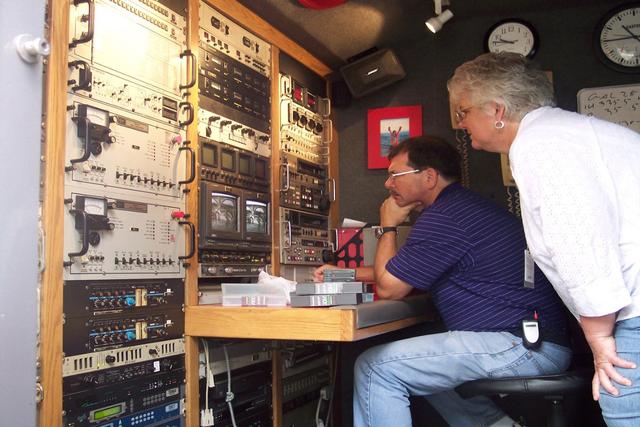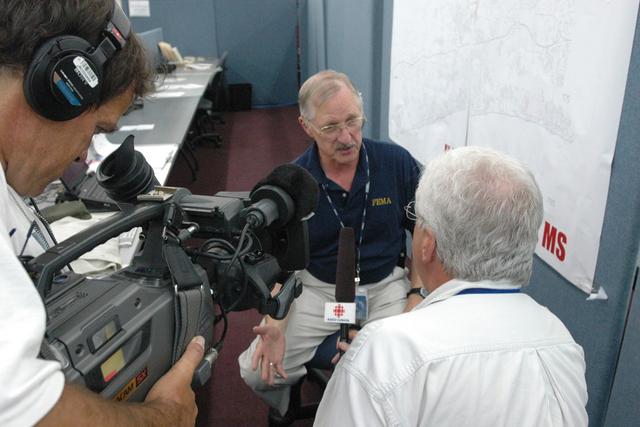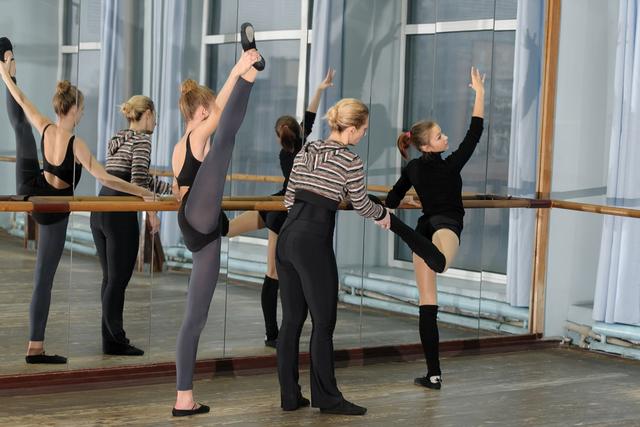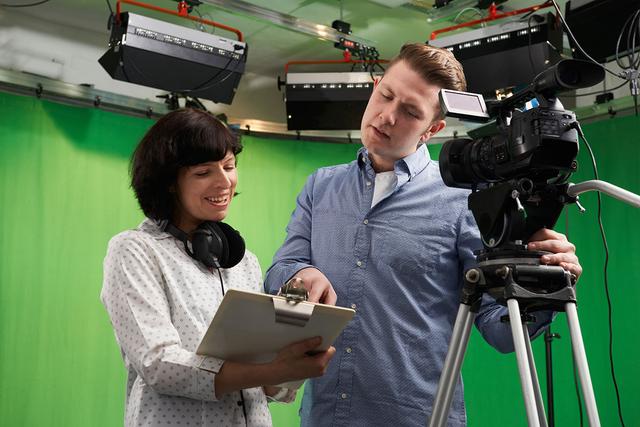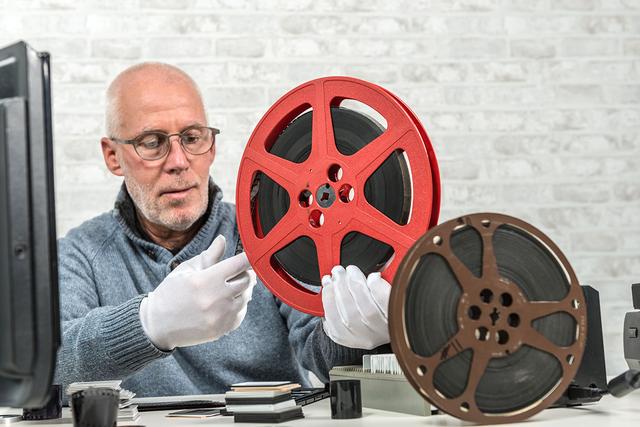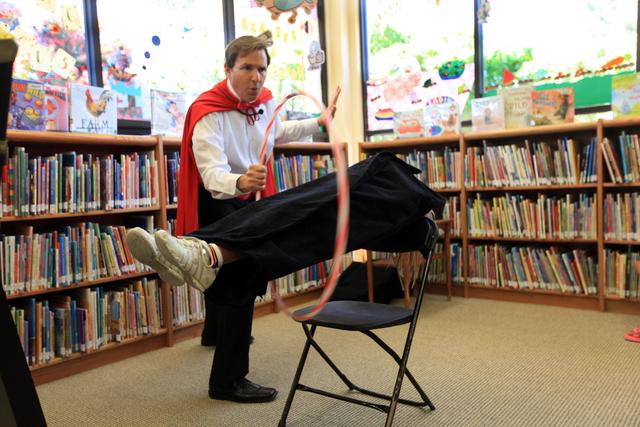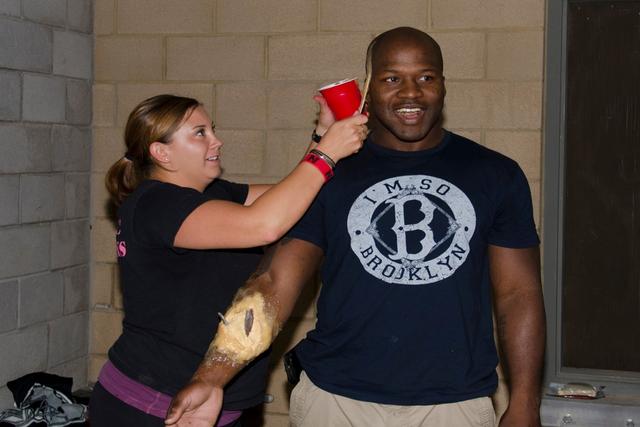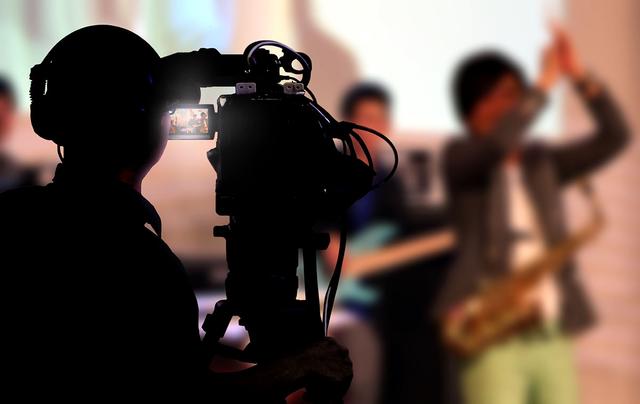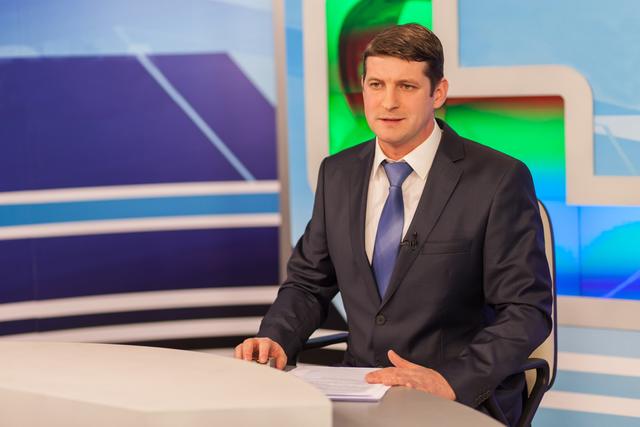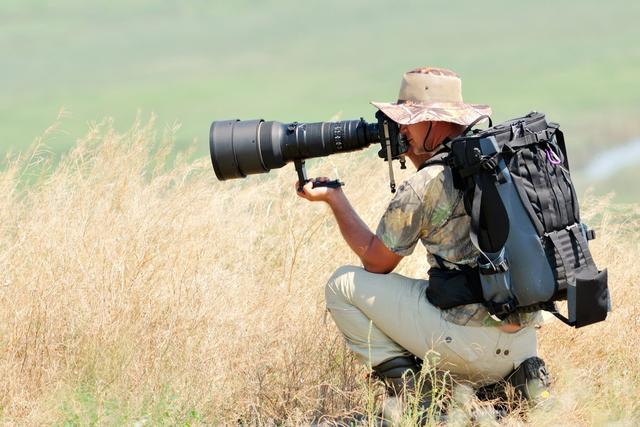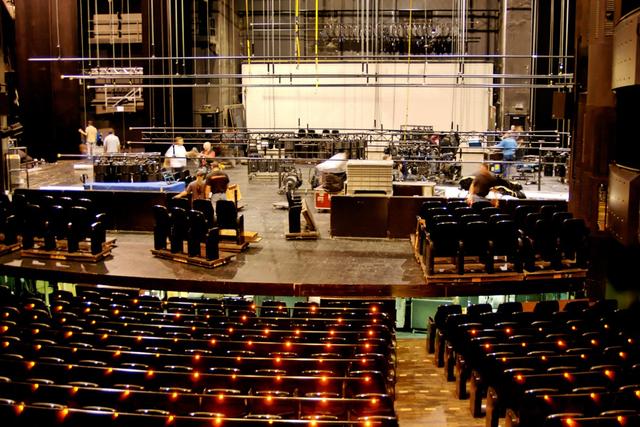Lighting Technicians
Overview
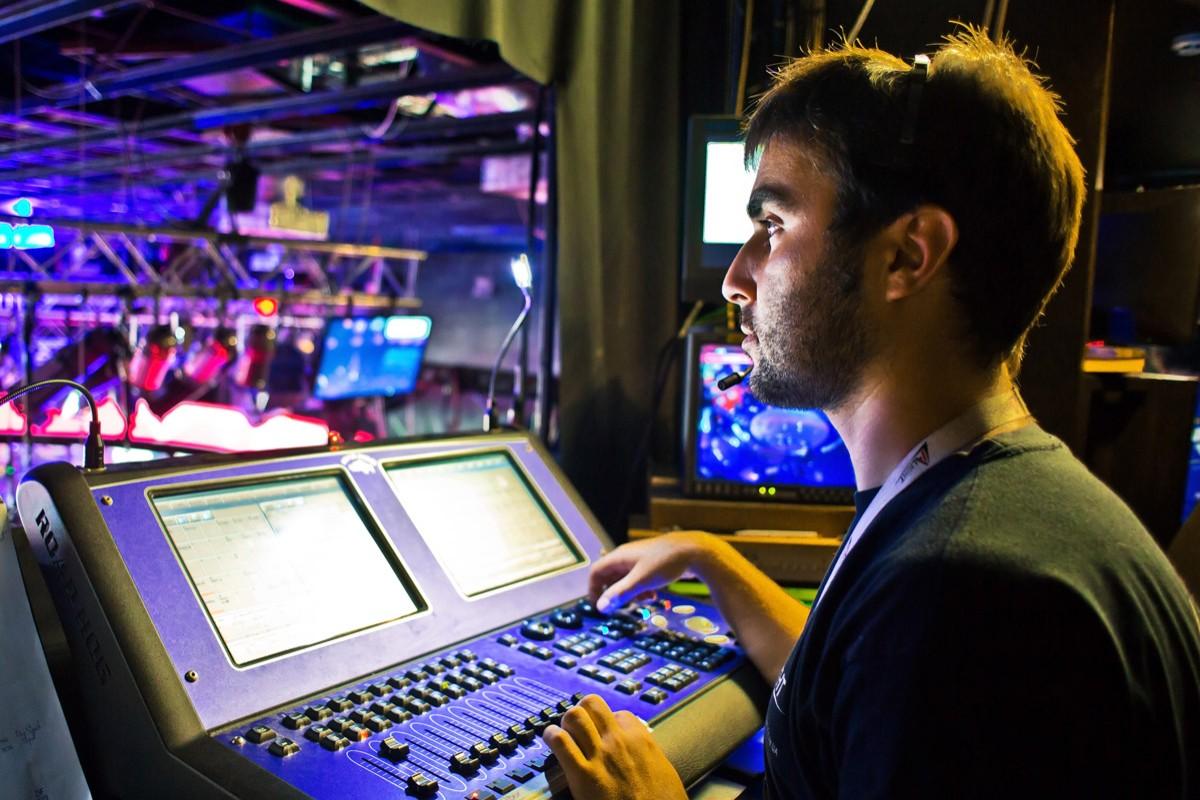
Introduction
Lighting technicians set up and control lighting equipment for live television broadcasts, recorded television shows, motion pictures, and video productions. They begin by consulting with the production director and technical director to determine the types of lighting and special effects that are needed. Working with spot and flood lights, mercury-vapor lamps, white and colored lights, reflectors (mainly employed out-of-doors), and a large array of dimming, masking, and switching controls, they light scenes to be broadcast or recor...
Quick Facts
Median Salary
Employment Prospects
Minimum Education Level
Experience
Skills
Personality Traits
Earnings
Salaries for lighting technicians vary according to the technicians experience. Annual income is also determined by the number of projects a technician is hired for; the most experienced technicians can work year-round on a variety of projects, while those starting out may go weeks without work.
Audio and video equipment technicians (a category that includes those who work with lighting...
Work Environment
Lighting technicians employed in television normally work a 40-hour week and change jobs only as their experience makes advancement possible. Technicians in the motion picture industry are often employed for one production at a time and thus may work less regularly and under a more challenging variety of conditions than light technicians in television studio work.
Technicians often work ...
Outlook
As long as the movie and television industries continue to grow, opportunities will remain available for people who wish to become lighting technicians. With the expansion of the cable market and the publics growing interest in watching television shows, movies, and other professionally produced video content online, lighting technicians may find work in more than one area. However, persistence...





